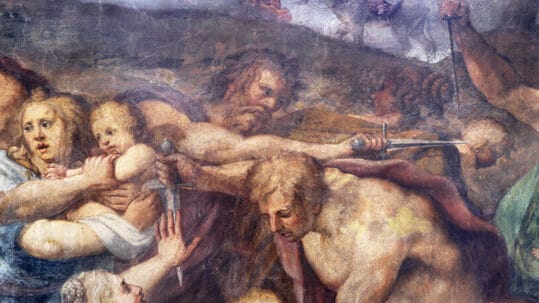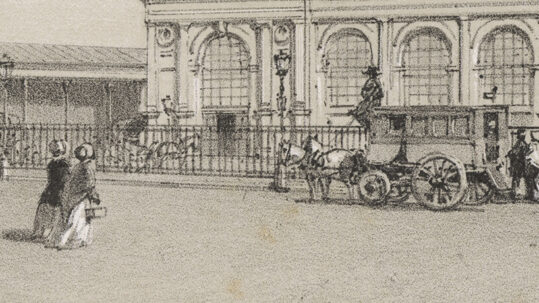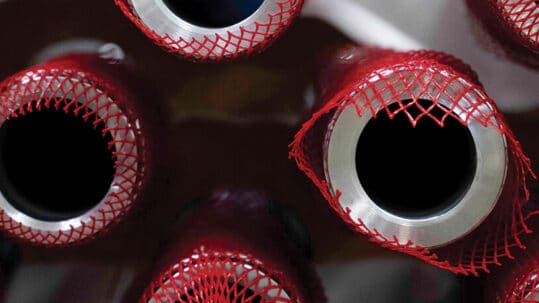
A history of electroplating: from Bronze Age to Medieval
Electroplating feels like it should be a modern phenomenon, but nothing could be further from the truth. The process as we know it today – along with the methods employed – can be traced directly back over 200 years.

The principles behind it – of bonding one metal with another – go back even further, across millennia, in fact.
At Karas Plating we are, of course, at the forefront of modern plating techniques. However, whatever industry you’re in, it’s good to be aware of its history – to know the landmark changes in the past that have affected the modern business.
Here are some of the key developments from the early days of metal plating.

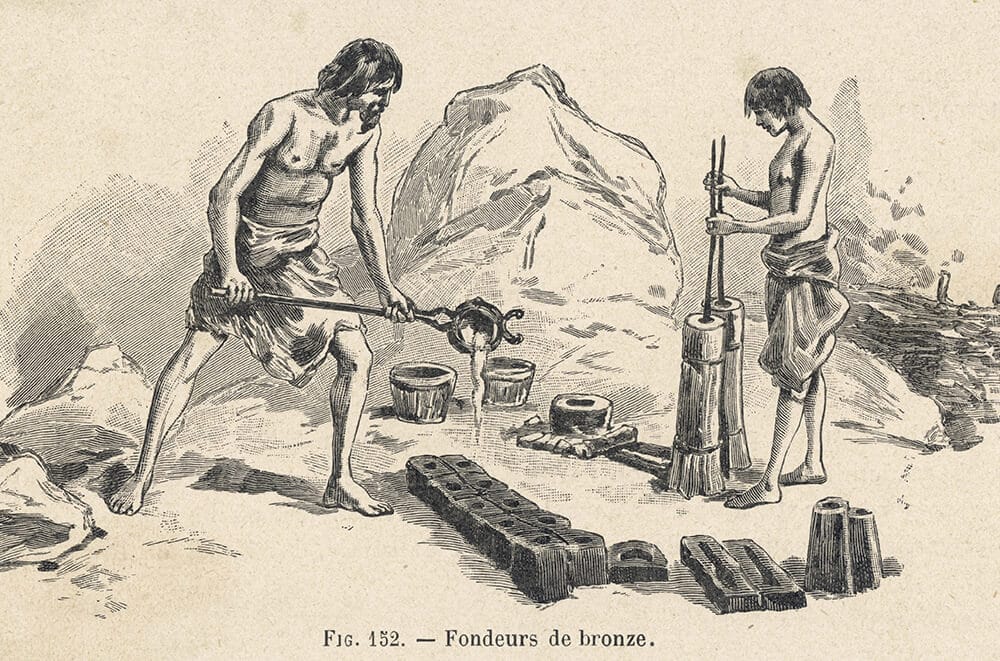
2000 - 500 BC
Bronze Age
Archaeologists have found examples of metal inlays dating as far back as the third millennium BC.
Discovered in the Middle East and North Africa, these finds demonstrate that metal foils were inlaid into grooves cut into stones and wood. In some instances, the original items – the substrate, were entirely enveloped in these foils. This was more than just wrapping. The surface metals had been intricately hammered and shaped to create an effect. By the second millennium, metal foil had given way to metal leaf, with gold leaf proving a popular choice for statues.
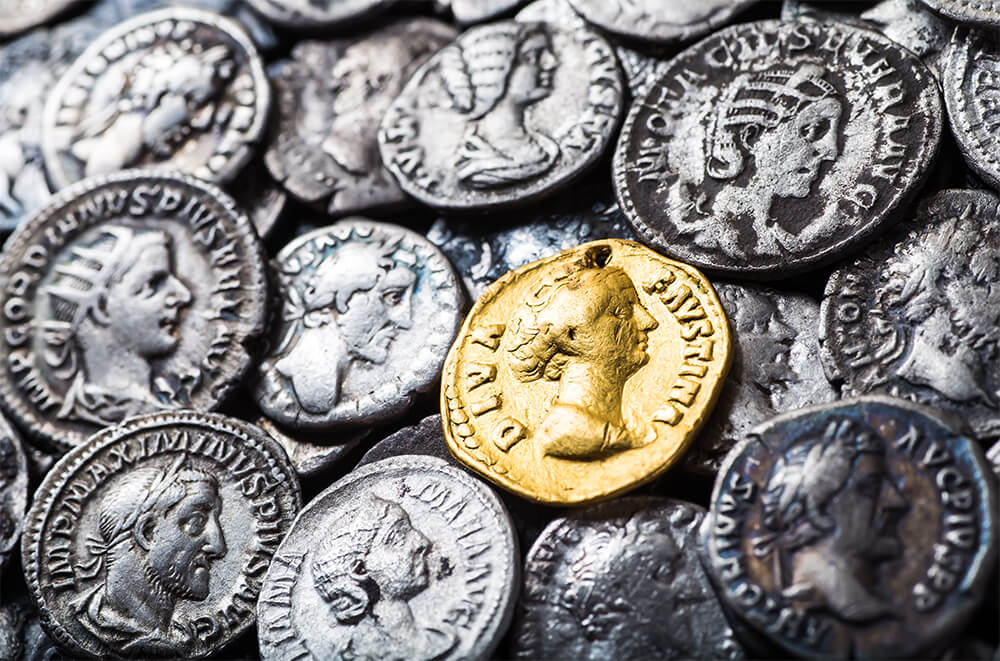
625 BC - 476 AD
Roman Period
Displacement plating was first discovered – or, at least, first described – during the Roman period.
Specifically, Pliny the Elder mentions mercury gilding in the first century AD. Small pieces of gold were mixed with mercury, with the solution being brushed onto the substrate. Once finished, the object in question was heated, allowing the mercury to evaporate. This left behind a beautiful and delicate layer of gold plating.
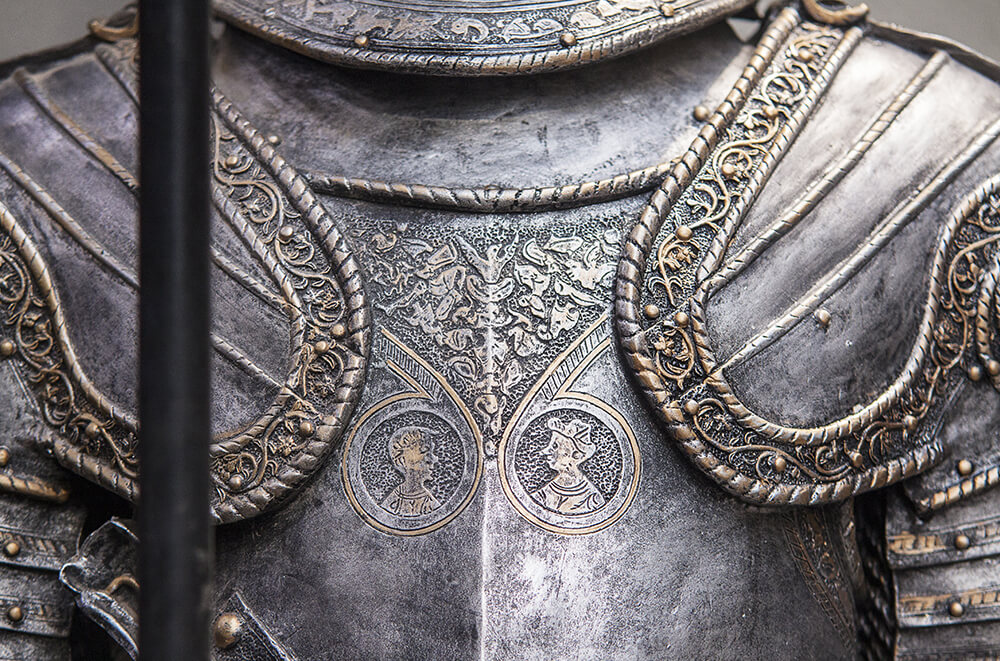
5th - 15th Century
Medieval Period
Often regarded by non-historians as a dark time in history, the medieval period saw many advances in technology, including metal plating.
From the ninth century, displacement plating was being used on suits of iron armour. They would plate the iron with copper, making a better surface for gilding it using mercury.
Another technique – this one using an inlay method – was also developed. The process was call damascene after the city of Damascus in Syria, where it was a popular embellishment. Damascene involved cutting a design into the substrate, then hammering a pliable, decorative metal into the grooves.
JOIN US NEXT TIME FOR A HISTORY OF ELECTROPLATING: FROM THE RENAISSANCE TO THE VICTORIAN ERA
-
A history of electroplating: from the Renaissance to the Victorian Era
Join us as we look at the major developments in electroplating, from the Renaissance to the Victorian Era....
-
A history of electroplating: from the 1850s to the Gilded Revival
Join us as we look at the major developments in electroplating, from mid-Victorian England to the 1960s....
-
A history of electroplating: from 1970 to the modern day
Join us as we look at the major developments in electroplating, from 1970 through to the modern day....




